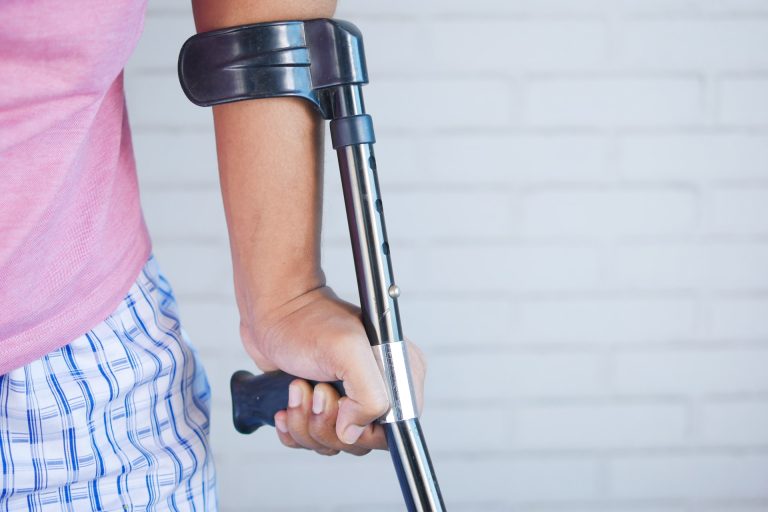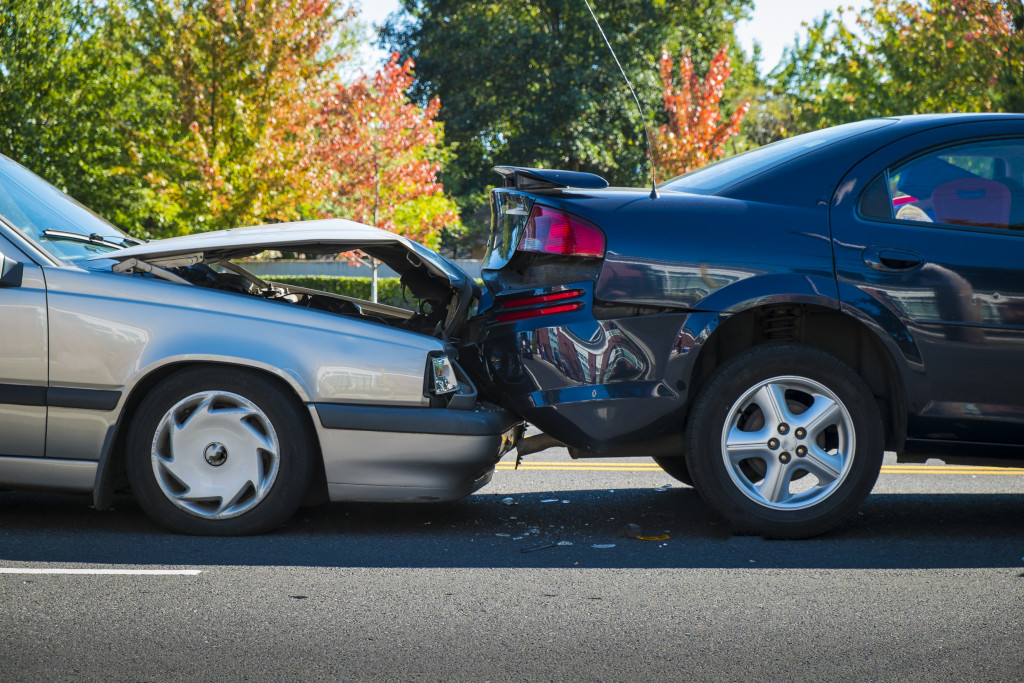Accidents have a multiplier effect. The impact of the incident isn’t isolated on the day but spreads out to other aspects of the injured person’s life. Depending on the extent of the damage, a person’s injury or injuries could also mean medical care and physical therapy for years. In some cases, a special health care plan will mean a lifetime of medical bills and hospital visits.
And then there are the “unseen” effects of an accident or someone’s negligence. These effects may fall under pain and suffering in a personal injury claim.
What is Pain and Suffering?

Pain and suffering is a legal term that describes the severity of a person’s injuries following an accident. These injuries involve physical pain and emotional distress.
What are examples of pain and suffering?
Physical Pain:
- Paralysis
- Neck pain
- Headaches
- Dislocated joints
- Nerve damage
- Organ damage
- Traumatic brain injury
Emotional Pain:
- Grief
- Psychological trauma
- Lost or diminished quality of life
- Fear
- Depression
- Insomnia
- Cognitive changes
- Post traumatic stress disorder
Pain and suffering is one of many quantifiable compensation when a person files a personal injury claim. Others are loss of consortium, disfigurement, lost earnings and others that can be used to calculate pain as a result of an accident or someone’s negligent actions.
What is the Formula for Pain and Suffering in a Personal Injury Claim?
Every injury is different, so amounts for pain and suffering damages will differ in each case. Is there a limit to pain and suffering damages? That depends on which state and the nature of the lawsuit for pain and suffering.
For example, California has no cap on how much you can ask for in a personal injury claim, unless it’s a malpractice lawsuit because a cap of $250,000 applies. What that means is if you’re suing a doctor or hospital for pain and suffering following a procedure or treatment, you can only sue for a maximum of $250,000. But in cases where intent or gross negligence has been established, a California court may be able to award more.
Under Colorado’s law, pain and suffering damages have a cap of $468,000. In Mississippi, the cap is $1 million except for medical malpractice suits, which are capped at $500,000.
How do the courts determine how much you should be given in damages for pain and suffering?
The courts typically use one of these two methods, or combine them in some cases:
Per diem method
A per diem method involves assigning a dollar amount to every day. This begins from the moment the person was injured to the day they reach the maximum recovery period.
Multiplier method
In a multiplier method, the court calculates the total amount of your medical bills, disability costs, lost wages, lost earning potential, property damage and the like. That total amount is then multiplied according to the severity of the injuries. By how much is it multiplied? Somewhere between one to five, five being the number to multiply if the injuries are extreme.
How Much Can You Get from a Lawsuit for Pain and Suffering?

Plaintiffs in a personal injury claim receive, on average, $52,900. Some settlements, which typically do not reach trials, range between a low of $3,000 to a high of $75,000. For pain and suffering damages, the average payout is reportedly $15,000.
Some of the biggest cases, however, exceed those figures. In a class action lawsuit, what you get may be even more if the court finds in your favor. Some of the biggest lawsuits in personal injury have resulted in million-dollar payouts, like Gloria Estefan’s lawsuit ($8.85 million in damages) after her tour bus was rear-ended by a tractor trailer.
Some cases yield more in damages because the judge or the jury may also award punitive damages, which tend to be more than the compensatory damages. Because punitive is intended to punish the defendant when gross negligence is established, the amount could be enormous. So on top of the pain and suffering damages calculated, plaintiffs may also receive hundreds of thousands or millions in punitive damages.
What Do You Need to Make a Claim for Pain and Suffering Damages?
As in any civil or criminal case, evidence is necessary to prove a claim. You’ll need documentation and testimonies to establish pain and suffering.
You’ll need to provide the court with the following:
- Medical records (including physical therapy or psychotherapy)
- Prescriptions or pharmacy records
- Personal records documenting your pain and suffering
- Testimonies from physicians and specialists
- Recommendations or evaluations from mental health providers, e.g., psychiatrists, psychologists
- Videos and photos documenting the difficulties you encounter as a result of the incident
Your personal injury lawyer will talk you through what sort of evidence to provide. The legal expertise of a lawyer who has worked on pain and suffering claims is invaluable to the outcome of the case. The right one will have the resources to help you make your case. You may even avoid a lengthy trial if the defendant decides to agree on a settlement.
Pain and suffering compensation payouts may also take time when a case goes to trial. In some instances, plaintiffs wait for close to a year before they receive money. For plaintiffs who don’t have the luxury of time, lawyers tend to push for a settlement because it allows the injured party to be compensated sooner for their medical expenses.
What is Mental Anguish and Physical Pain Worth?
Personal injury lawsuits are never easy or cut-and-dried. Proving constant physical pain and emotional trauma can be challenging, particularly when the injury victim is up against a big company or an insurance company that refuses to payout.
Although calculating pain seems like an insignificant way to resolve the damage it has created in an injured person’s life, it can still help. It will not restore what was before the accident or the negligent actions took place. But it may cushion some of the blow, allowing the person (and their families) to recover in time.







